Nestled in the middle of a village field in Luong Tai district (Bac Ninh), Phung Van Nam's mechanical workshop has no flashy signboard or modern industrial machinery. Yet this place is the "cradle" of machines that are present in more than 45 provinces, cities and even abroad.
Amidst the echoing sounds of hammers and metal cutters, Phung Van Nam enthusiastically adjusts every detail of the agricultural machine he invented.
"This is a new milling machine that a customer ordered for growing carrots. Each type of soil and each type of plant requires a separate design," said Mr. Nam, pointing to the meticulously curved bed mold.
Outside the workshop are tractors waiting to be assembled with milling machines, ready to serve the new crop season.
"I work to help farmers become healthier on their own fields," he said.
Mr. Phung Van Nam does not have an engineering degree, nor has he ever attended a mechanical school. But perhaps, it was the days of struggling to make a living, working in the fields since childhood, that taught him the most.
Born into a farming family, he had to drop out of school after finishing 6th grade due to difficult circumstances. He grew up in the fields of crops, attached to each row of land and each season. It was those experiences, along with the hardships of farmers, that made him yearn for a solution to the problem of "selling his face to the land, selling his back to the sky".
"When I was a child, I felt so sorry for my parents working on the land. Making beds, tilling the soil, each step was labor-intensive, and depended a lot on the weather and manpower. I kept thinking, if only there was a machine that could do it for me, how great would that be," Nam recalls.
After struggling to make a living by doing many jobs, in 2003, when he had saved up some money, he pursued his dream and went to Ho Chi Minh City to study and improve his knowledge.
The concern to help farmers ease their suffering has been burning ever since, even though he has to make a living doing many jobs in Ho Chi Minh City: from welding, blacksmithing to porterage and small business. Every time he sees machinery and equipment, he observes and finds ways to disassemble them as a habit.
After many hardships, he gradually stabilized his life in the South.
He thought that the prosperous city would bring him prosperity and joy, but his homeland always existed in the mind of the farmer far from home.
"After many years of struggling in the city, I think I have accumulated enough knowledge and capital to return home to start a business," Nam began his memories.
In 2006, Phung Van Nam opened a mechanical workshop in his hometown.
In the early days, customers were mainly people in the commune, ordering odd jobs such as building car bases, making elevators, and making corrugated iron roofs.
But in his mind he had a much larger design: a cheap, easy-to-use machine that still maximized productivity, helping farmers reduce their hardship.
Because he spent all his savings on the workshop, the time working on customer orders was also the time he practiced and improved his welding, milling, and turning skills.
He said that since opening the workshop, although he did not tell anyone, he always knew in his heart that this was not just a "fishing rod", but a place to nurture a "small revolution in the fields". A place where the machines he made himself would gradually change the way people in the countryside farm.
There are big dreams that don't come from a flash of an idea, but are nurtured with patience: Each weld, each failure, each sleepless night over the chassis.
For Phung Van Nam, there were years of silence to "feed his passion" with everything he had: time, money, energy and trust.
Since opening a workshop in his hometown, Mr. Nam has constantly observed his hometown's rice fields - not only with his eyes but also with the experience of someone who grew up in the fields.
He realized that the step of making beds in growing vegetables and tubers is the most labor-intensive and requires high precision. If the beds are too high, the plants will lose water easily, if they are too low, they will be flooded, and if they are uneven, they will affect the roots.
Phung Van Nam decided to "bet" on the journey of inventing machines.
"I had the idea, but I wasn't sure if it would work or not," Nam laughed when talking about his reckless decision.
The village mechanic diligently researched through foreign websites and groups, combined with his own practical experiences. Thanks to his acquaintances from when he was working in Ho Chi Minh City, he was able to connect with a source to import used machinery.
Without hesitation, he immediately invested in the necessary tools and an old Japanese mini tiller, determined to create a ridge pressing machine.
"Since I imported this machine, I have had the idea of making a machine that can create beds exactly like the way people do it manually," Nam confided.
When the machine was imported, the barefoot inventor began disassembling each part to understand its structure and operating principles.
Using all his knowledge and the "blueprint in his head", he worked day and night, disassembling, assembling, taking to the field, then disassembling and assembling again.
"At that time, I didn't think about success. I just focused on the machine and my product wholeheartedly for a whole year," Nam said.
Welded and cut, tried one way or another. The effort was not yet fruitful, but the money kept decreasing with each weld, each cut.
The hardest part is not the technique, but keeping yourself from giving up.
There were nights when the man stayed up all night because just one part of the machine was out of alignment by a few millimeters, causing the entire bed-making system to fail. One day, he took the machine out to the field to try it out, and after just a few rows, the machine "died" in the middle of the field - he had to bring it back and try to reassemble it.
After a year of diligently creating and testing, in 2013, the first sweet fruit came, the mini handheld bed-making machine was born, marking a turning point in the inventive journey of the diligent farmer.
"It's still the same engine, the same frame, the same gear set of the old mini tiller. I just modified the plow blade and made it to serve the purpose of making ridges," he said.
The machine was put into production, not only freeing up labor, but also significantly increasing productivity. Looking at the straight rows of land being completed quickly, the people in the area could not hide their excitement.
Although he was successful with the mini portable bed-making machine, he quickly realized its limitations. The machine could not integrate bed-making and bed-separation at the same time, and its weight was still quite heavy, not really reducing the labor burden for farmers.
"This type of machine is very suitable for small-scale farming but it is still very hard because when it is sunny, you have to carry it by hand, and when it is time for the harvest, you cannot work quickly," he analyzed.
At that time, large-scale farms of 5-10 hectares were no longer suitable for hand-held machines, so Mr. Nam "invented" the idea of a ridge milling system that could be mounted on a plow.
He invested money to buy an old Japanese mini tractor worth 30 million VND to analyze and test the idea but it failed because the structure was different from local tractors.
How to make the machine more compact? How to create and separate rows at the same time?... These questions continuously urged him to dive into research.
"The new machine will operate fully automatically, with superior efficiency compared to the old version," he thought.
Still keeping the idea from the mini handheld bed making machine, he decided to remove the entire motor part and only keep the bed making mold.
Mr. Nam shared: "I want to redesign it to suit each type of soil, each type of plant and each type of vehicle available to the people. Each step is refined, each detail is tested to create an optimal machine.
If people from far away want to buy, just provide information about the type of tractor they are using, he will design a suitable installation structure, ensuring the machine operates smoothly and effectively."
Understanding the operating principles and clearly visualizing the machine that was about to be created, he confidently entered the manufacturing stage.
Within a year, the machine was formed after many times of taking it to the field to test it, then patiently bringing it back to the workshop, cutting it up, editing it, and welding it again.
"Each type of crop requires a different slope, height, and bed width, forcing me to calculate carefully. To perfect the milling system, I not only relied on theory but also had to experiment over and over again," he confided.
In 2014, the 5-in-1 bed-making machine was "launched". The farmer's machine can make 5 different types of beds: carrots, leafy vegetables, watermelon, cantaloupe, onions and garlic by changing the mold and adjusting the bed size to suit each type of plant.
On rainy and windy days, beds created by machines are always sturdy, do not collapse, help drain water well, creating conditions for optimal growth of crops. If done manually, the surface of the bed is easily rough and uneven, affecting the efficiency of cultivation.
When put into use, the integrated ridge milling machine with the plow increases capacity 5-7 times compared to the handheld mini ridge milling machine, ensuring timely planting, saving significant effort for farmers.
Depending on the customer's wishes, he will manufacture a set of milling machines suitable for the terrain and requirements of each type of crop. Every month, his mechanical workshop produces 15-20 sets of milling machines and other types of agricultural machinery.
In addition to the 5-in-1 ridge milling machine, he also launched many other useful products such as: ridge cutter, sugarcane digger, potato cultivator, pipeline system and a series of technical solutions for agriculture.
His products are now available in 45 provinces and cities across the country, not only trusted by people but also reaching out to the international market, with shipments exported to Laos and Australia and receiving positive feedback.
When his machines reached the people in the area, each row of land was created easily, evenly and beautifully.
Witnessing the actual effectiveness, he recorded himself using the machine and shared it on YouTube, Zalo, and his personal Facebook. Those authentic videos quickly attracted attention, helping the machine become known to many people in other localities.
Shooting videos is not difficult, but uploading them to YouTube is a learning process. At first, he struggled to find a way to share footage of the machine he had built himself, learning and exploring step by step.
Once he knew how, he gave it a simple title: "Efficient Bed Maker."
"Unexpectedly, those real videos attracted the attention of many people. My personal YouTube channel now has nearly 10 million views and more than 20,000 subscribers," the man with oil stains on his hands proudly swiped his phone to show off his "digital achievements".
Mr. Phung Van Nam's inventions have received many certificates of merit and awards from the province and the Central Government.
He was awarded a Certificate of Merit by the Chairman of the People's Committee of Bac Ninh province for his outstanding achievements in the patriotic emulation movement in the period 2015-2020.
He won the First Prize with the initiative "Technical improvement of Phung Nam ridge milling machine" organized by the Farmers' Association of Bac Ninh province in 2020; was honored by the Central Farmers' Association as "Scientist of Farmers" for the third time in 2020.
In particular, in 2023, he was honored to be one of two outstanding farmers of Bac Ninh province to be awarded the title of Outstanding Vietnamese Farmer by the Central Committee of the Vietnam Farmers' Union.
Content: Thanh Binh, Minh Nhat
Photo: Hung Anh
Video: Thanh Binh, Ha Linh
Design: Tuan Huy
03/26/2025 - 08:56
Source: https://dantri.com.vn/khoa-hoc/anh-nong-dan-doc-can-von-che-may-5-trong-mot-duoc-nguoi-uc-san-don-20250325202730724.htm


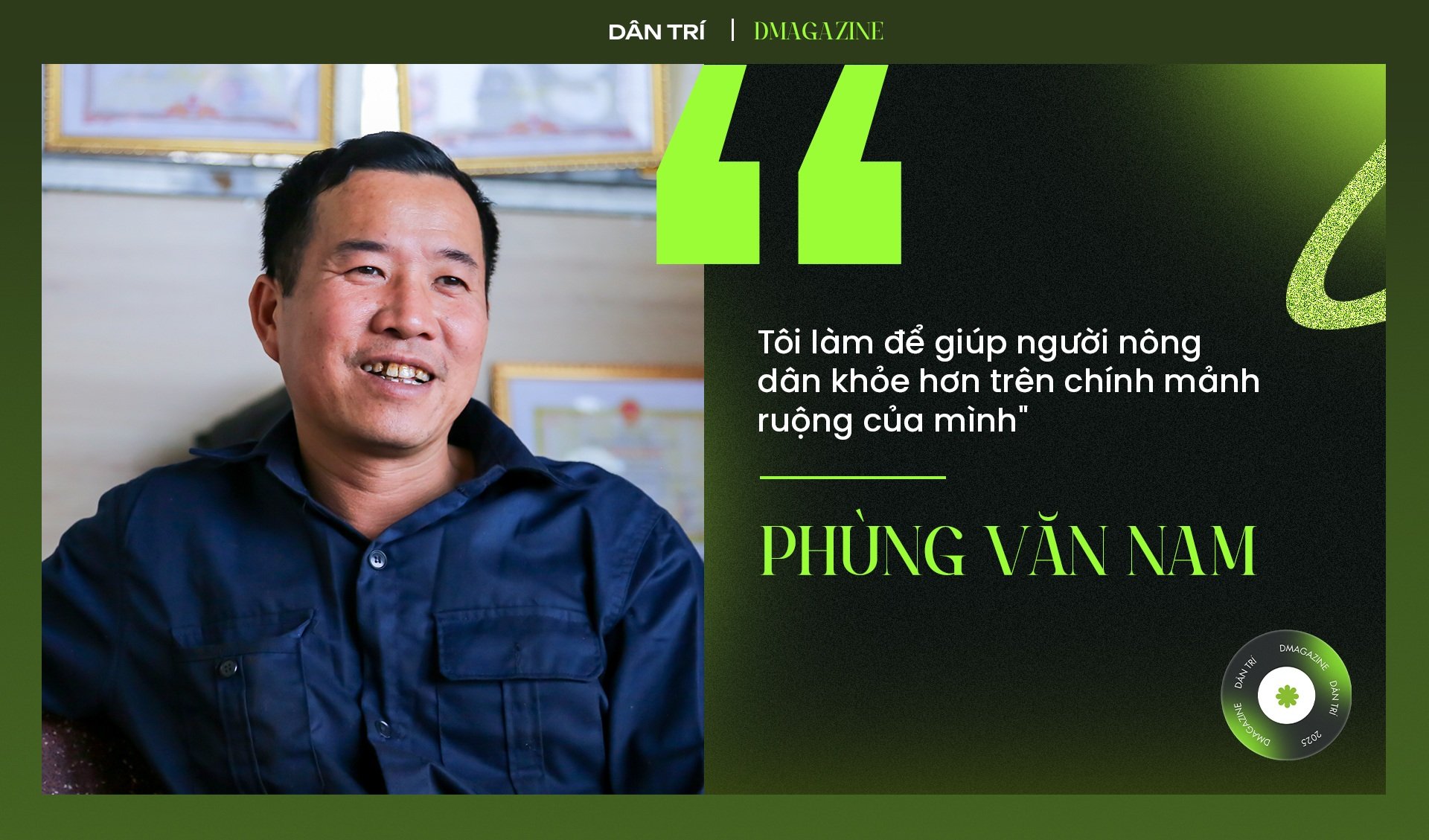

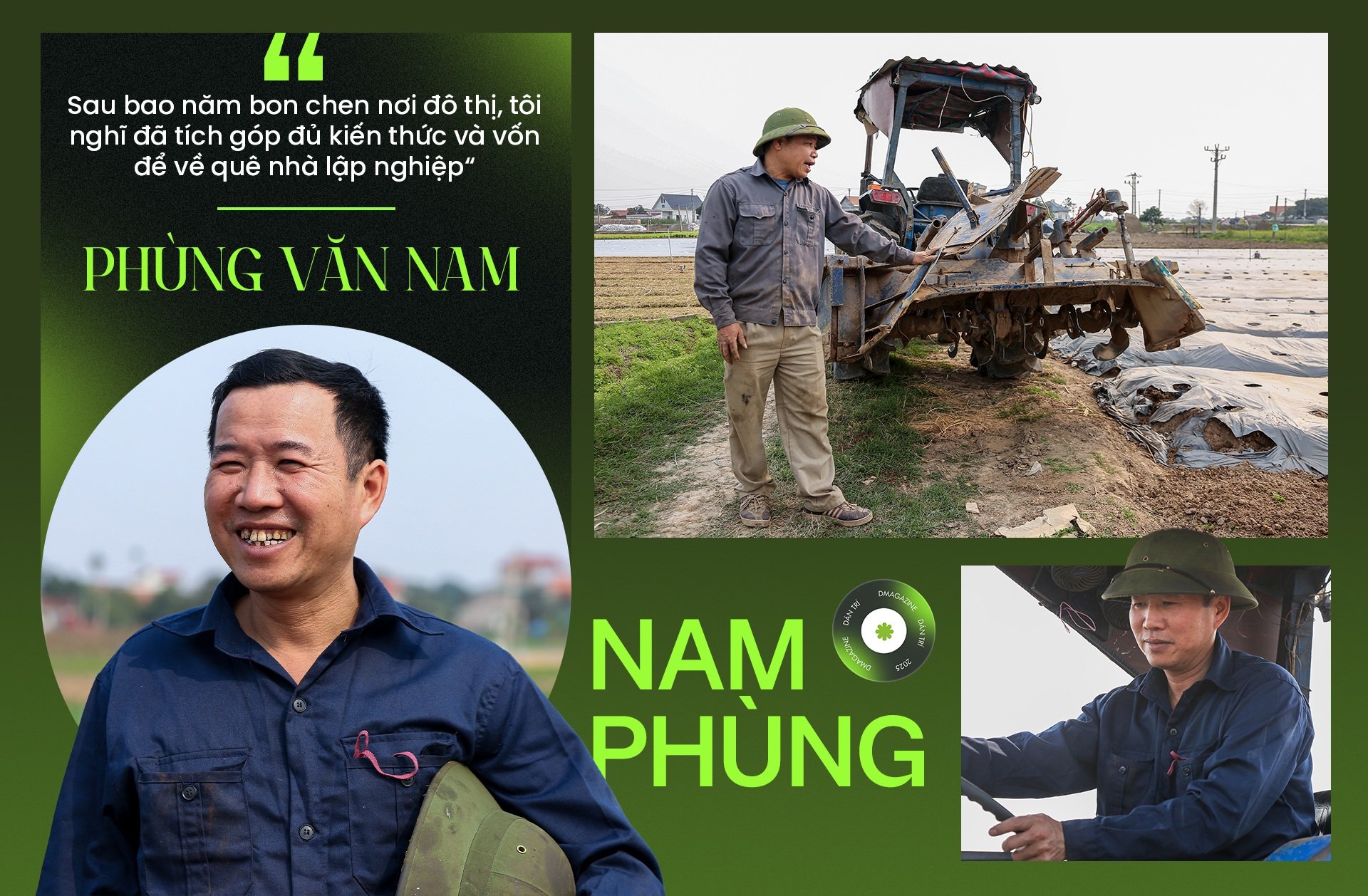

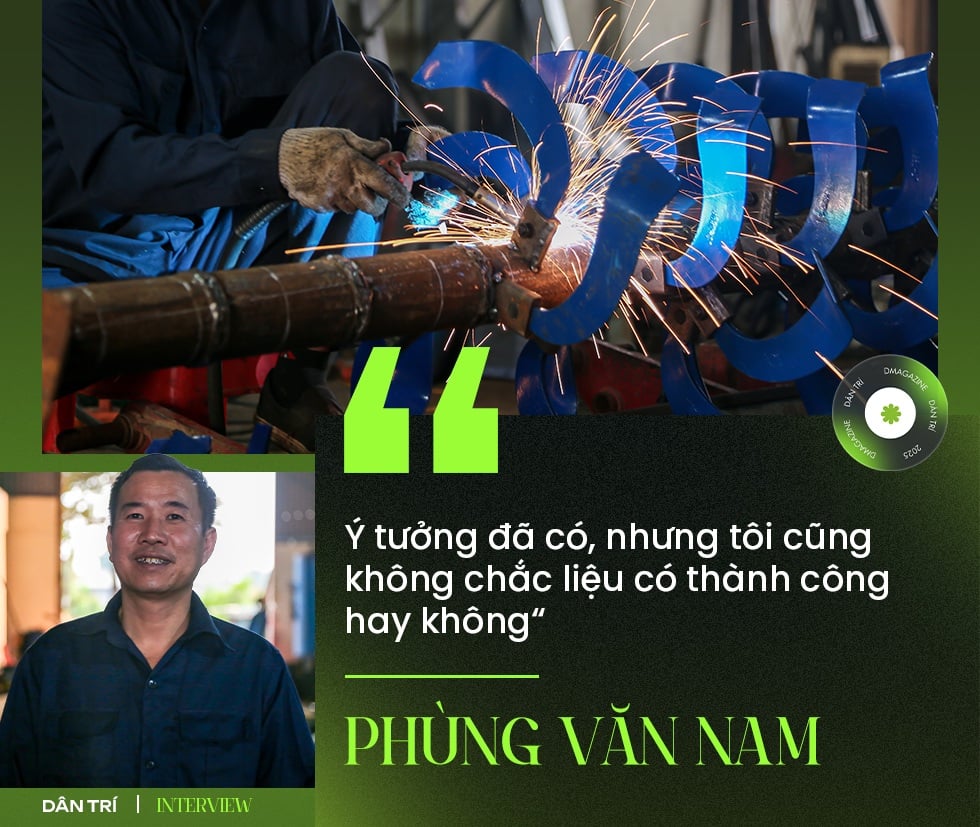
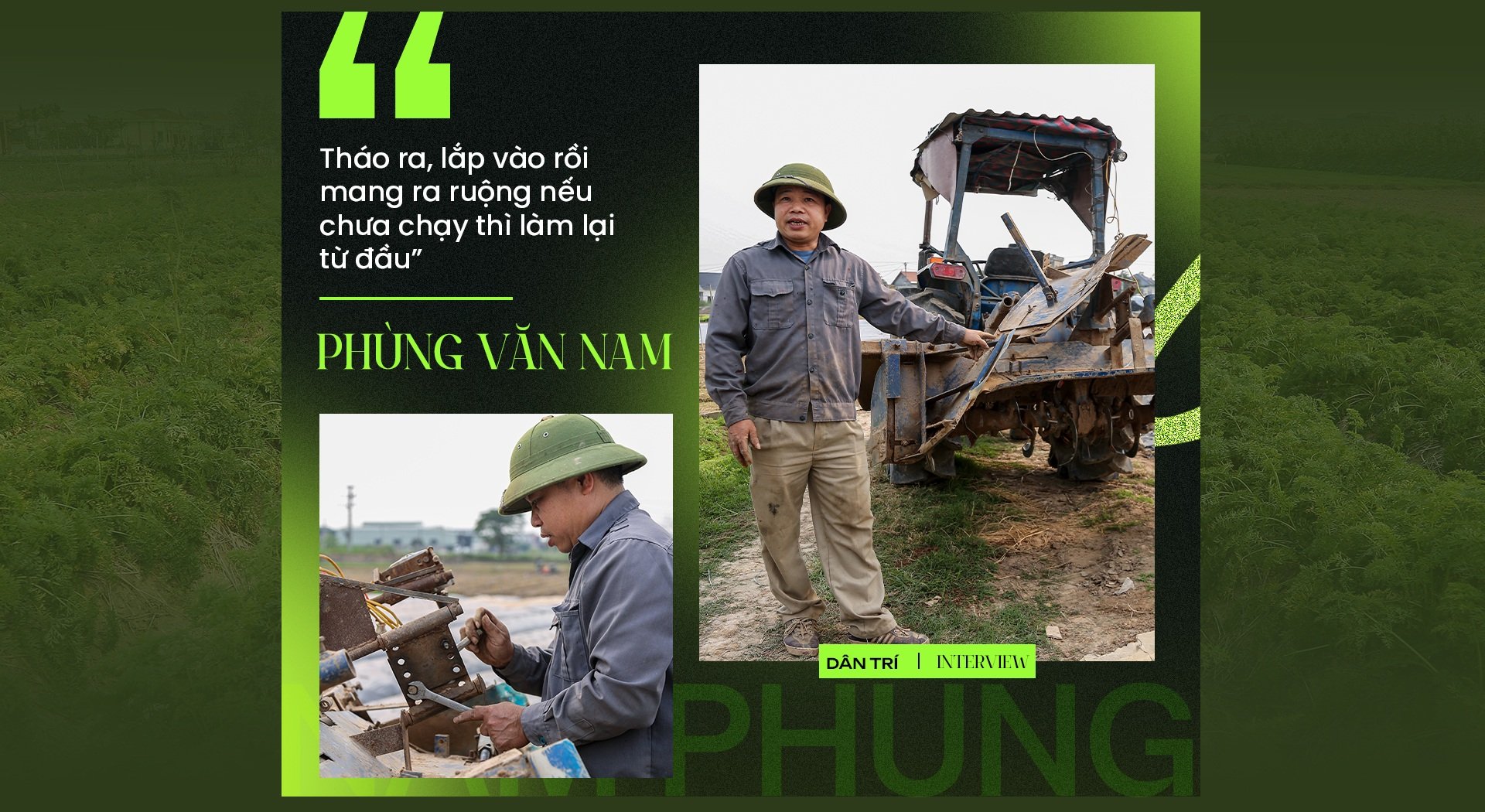

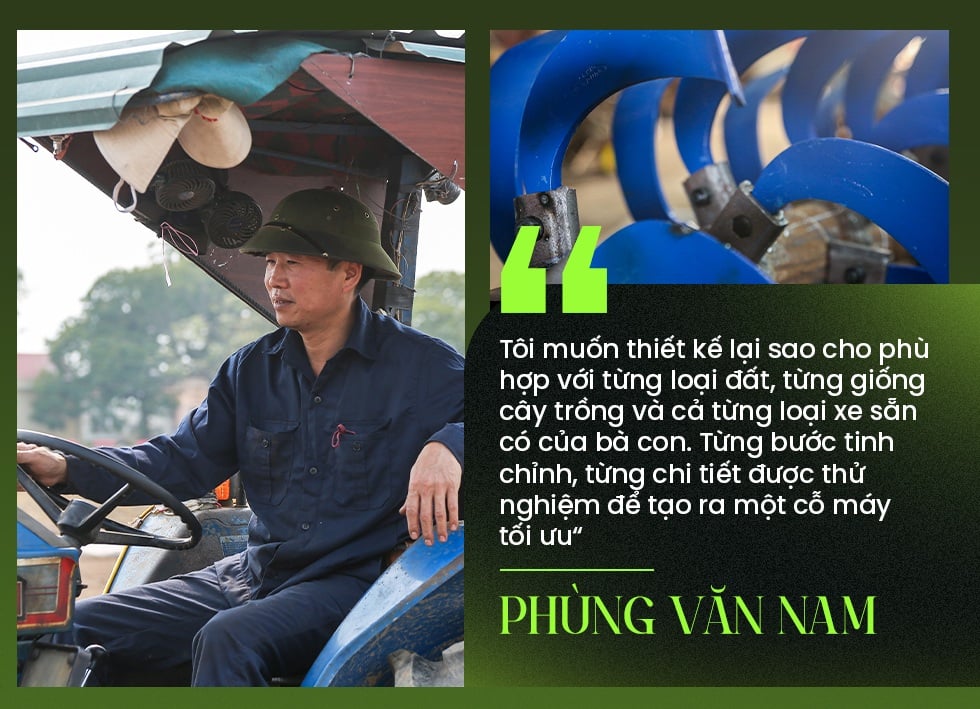
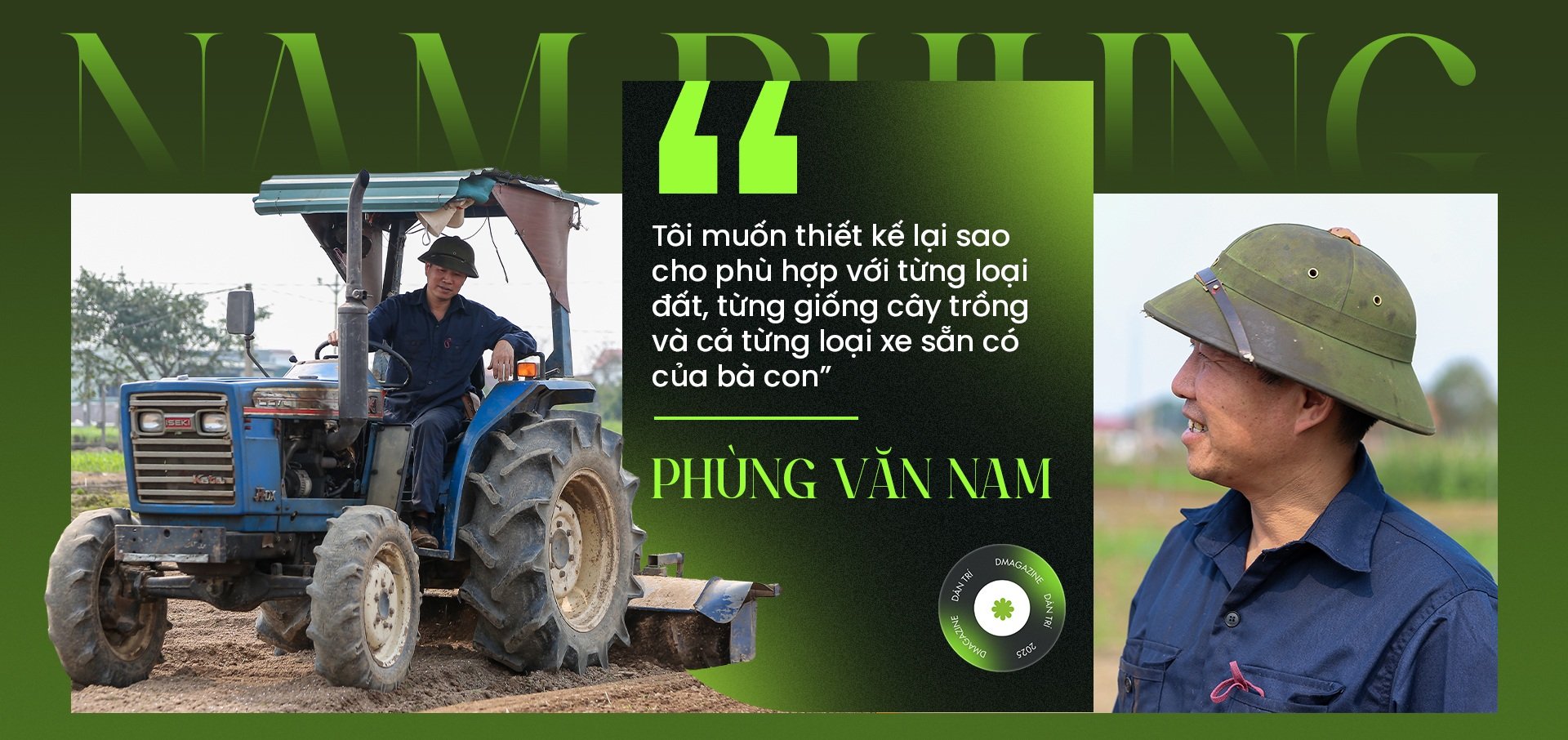

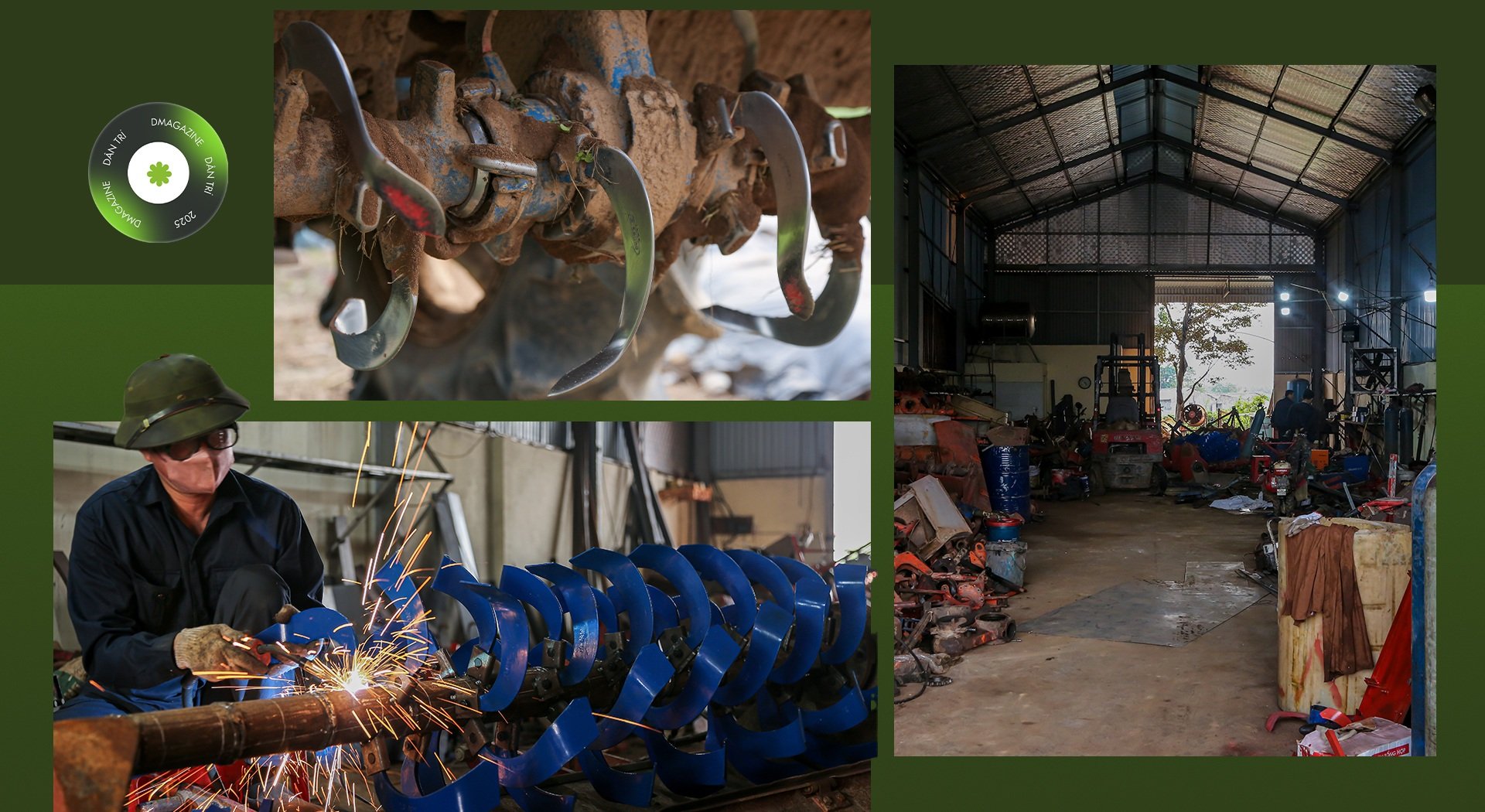

![[Photo] Special relics at the Vietnam Military History Museum associated with the heroic April 30th](https://vstatic.vietnam.vn/vietnam/resource/IMAGE/2025/4/3/a49d65b17b804e398de42bc2caba8368)
![[Photo] Moment of love: Myanmar people are moved to thank Vietnamese soldiers](https://vstatic.vietnam.vn/vietnam/resource/IMAGE/2025/4/3/9b2e07196eb14aa5aacb1bc9e067ae6f)

![[Photo] General Secretary To Lam receives Japanese Ambassador to Vietnam Ito Naoki](https://vstatic.vietnam.vn/vietnam/resource/IMAGE/2025/4/3/3a5d233bc09d4928ac9bfed97674be98)

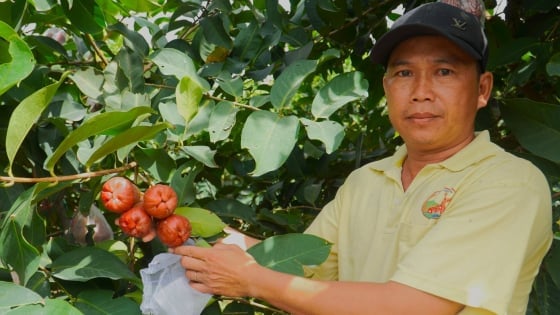

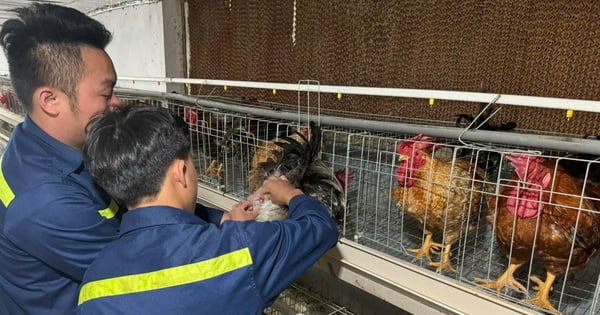

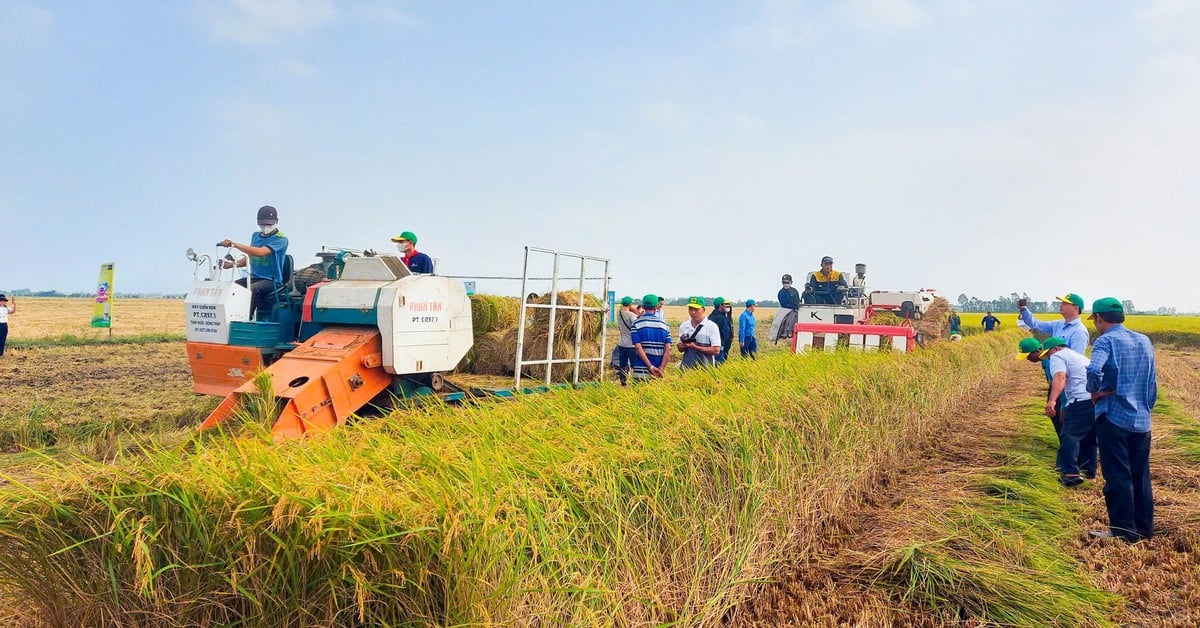



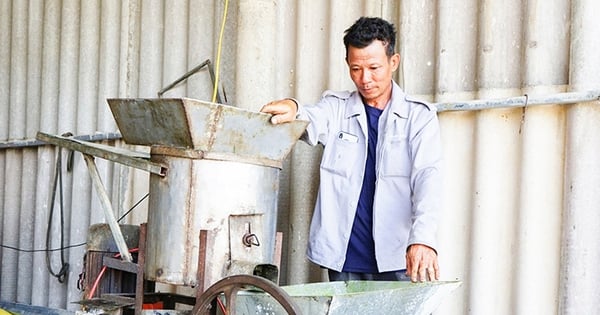





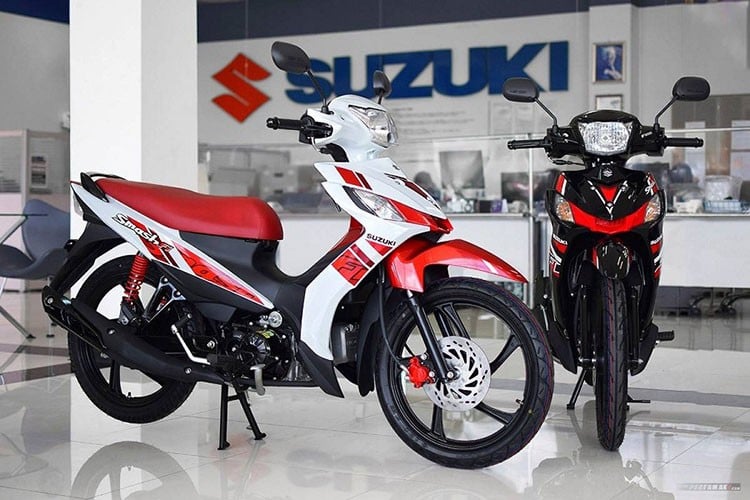

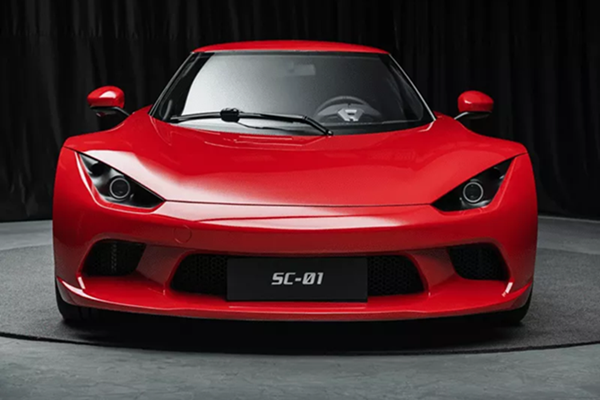




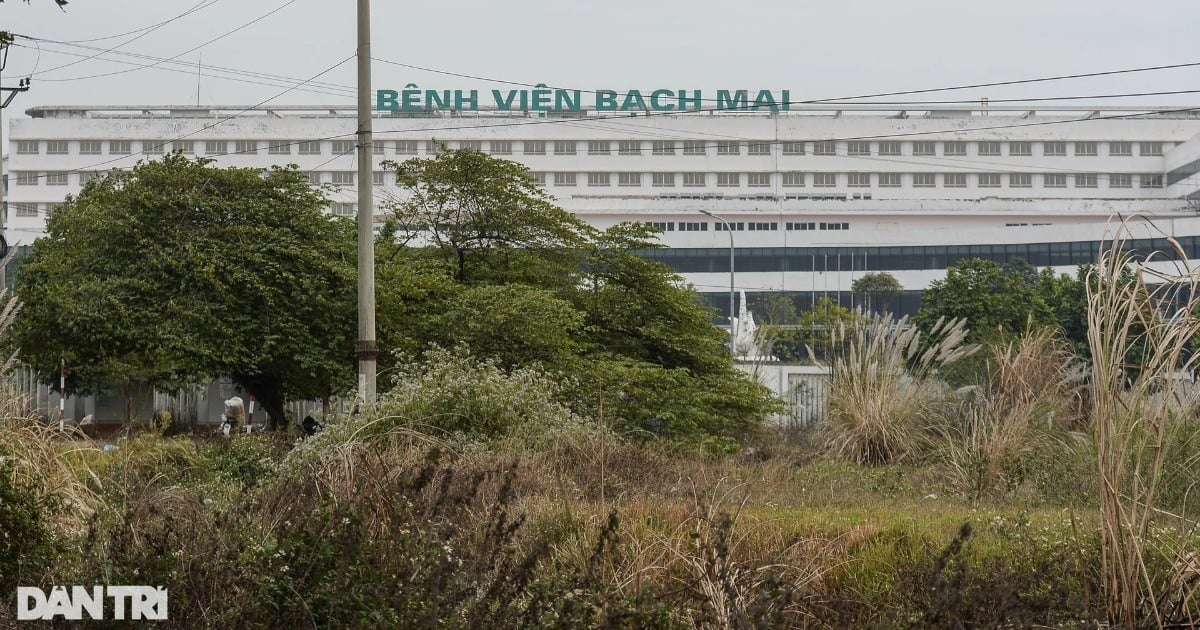
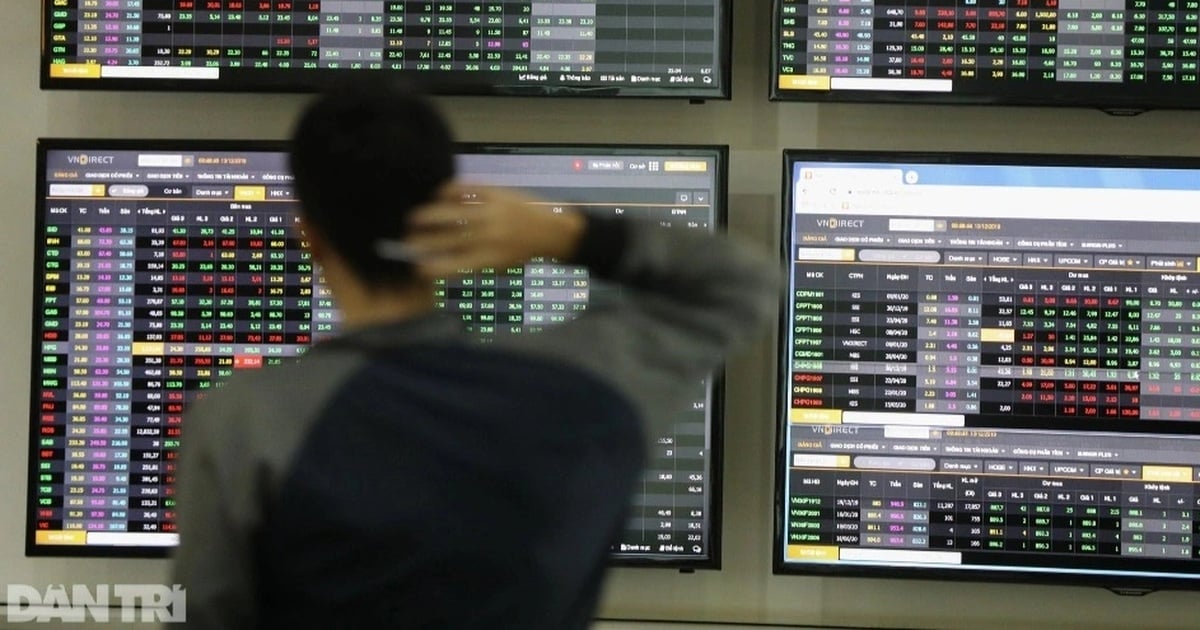

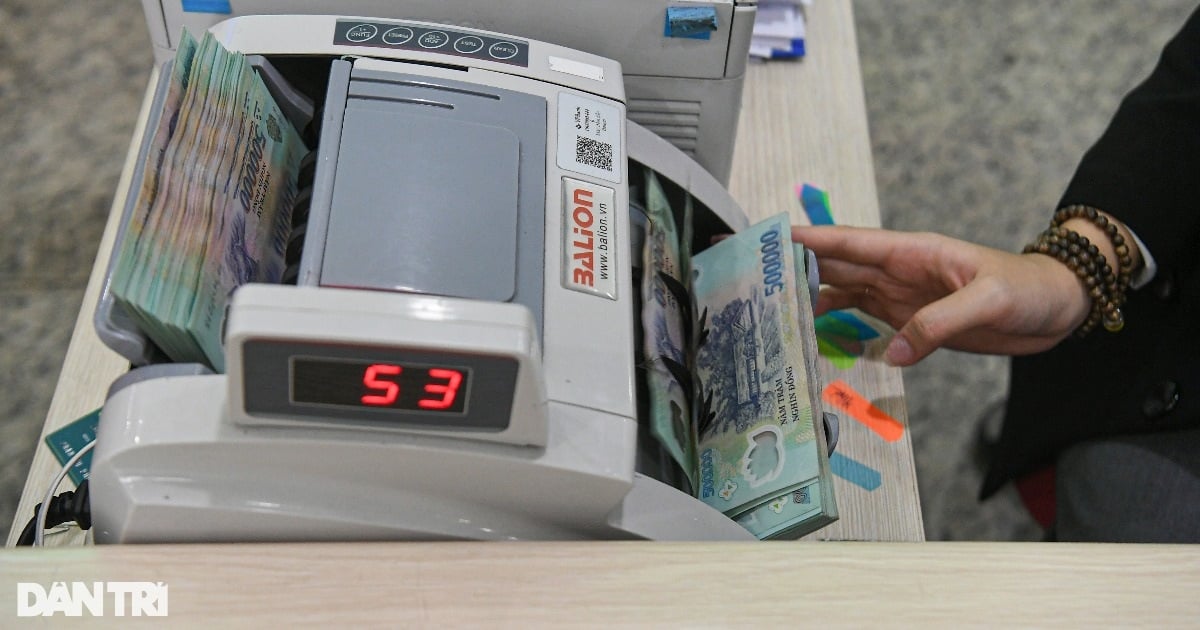






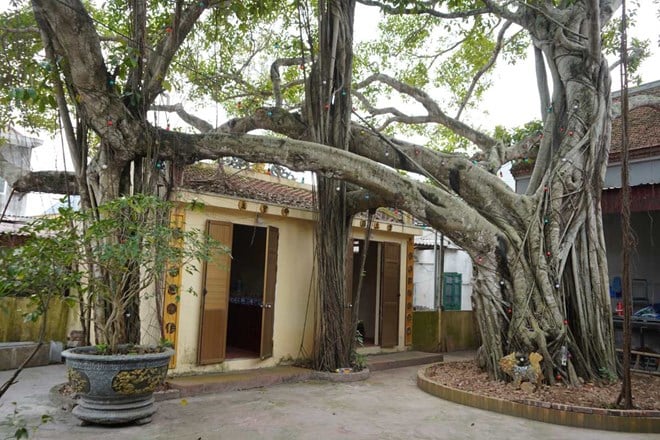

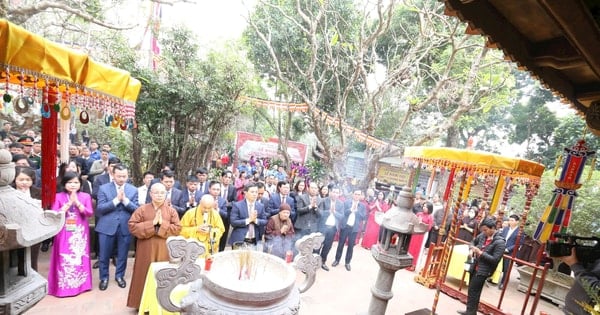



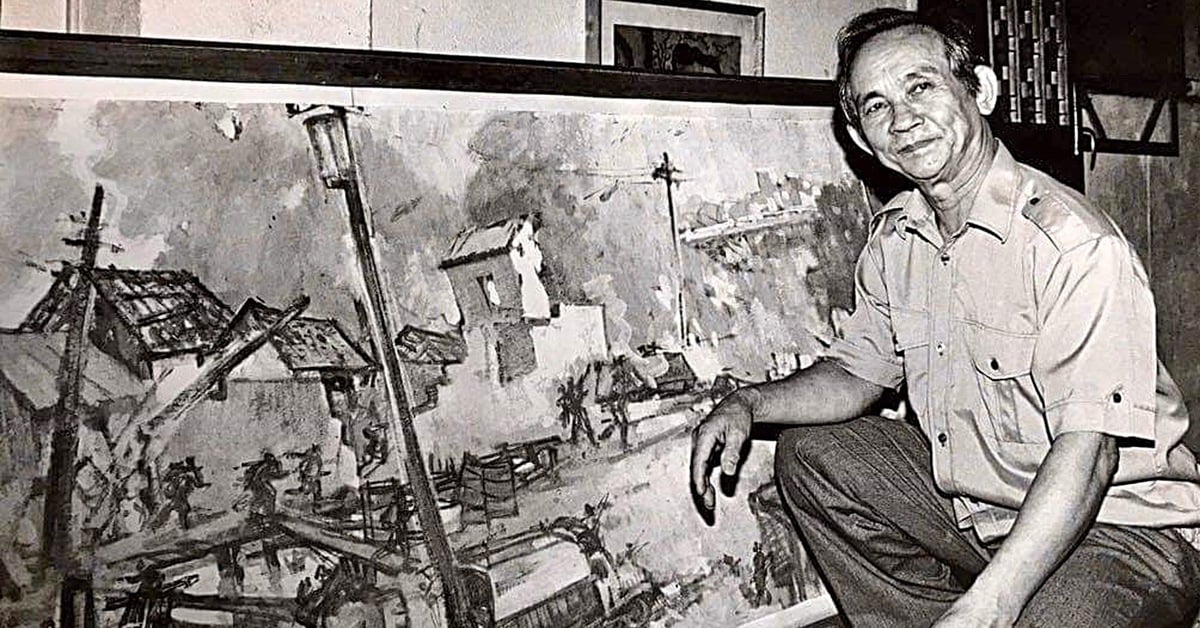

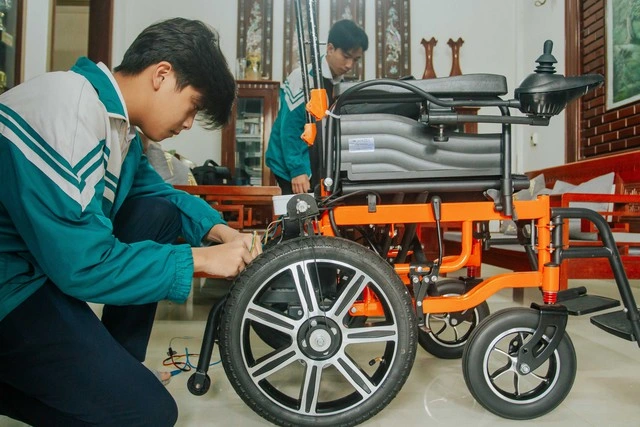












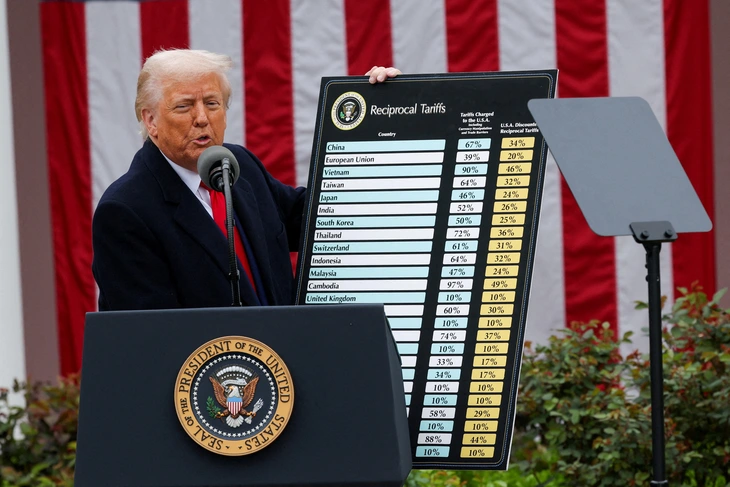
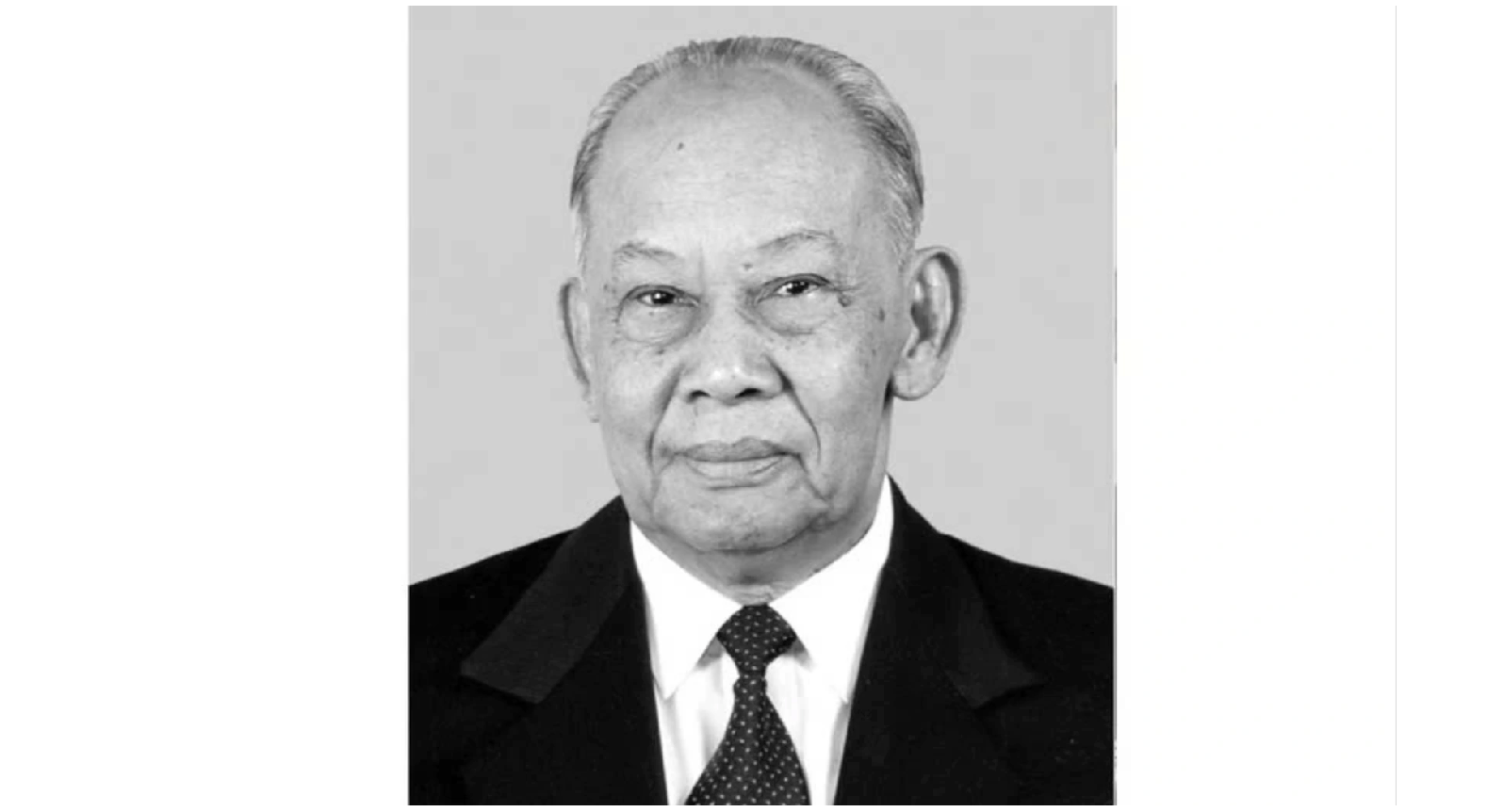
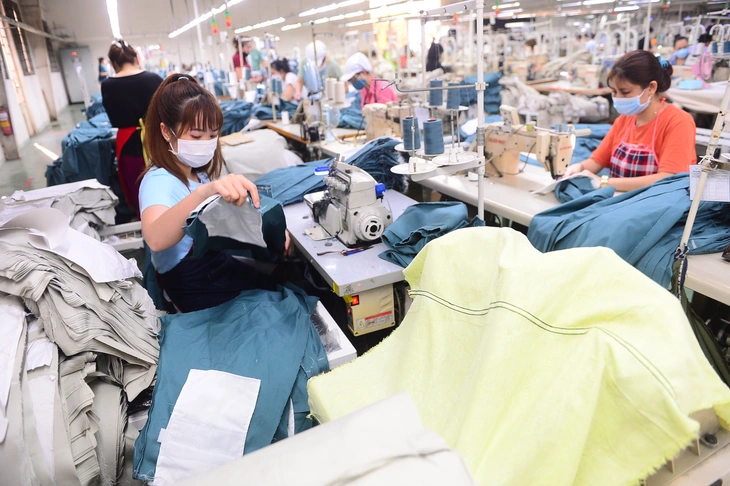
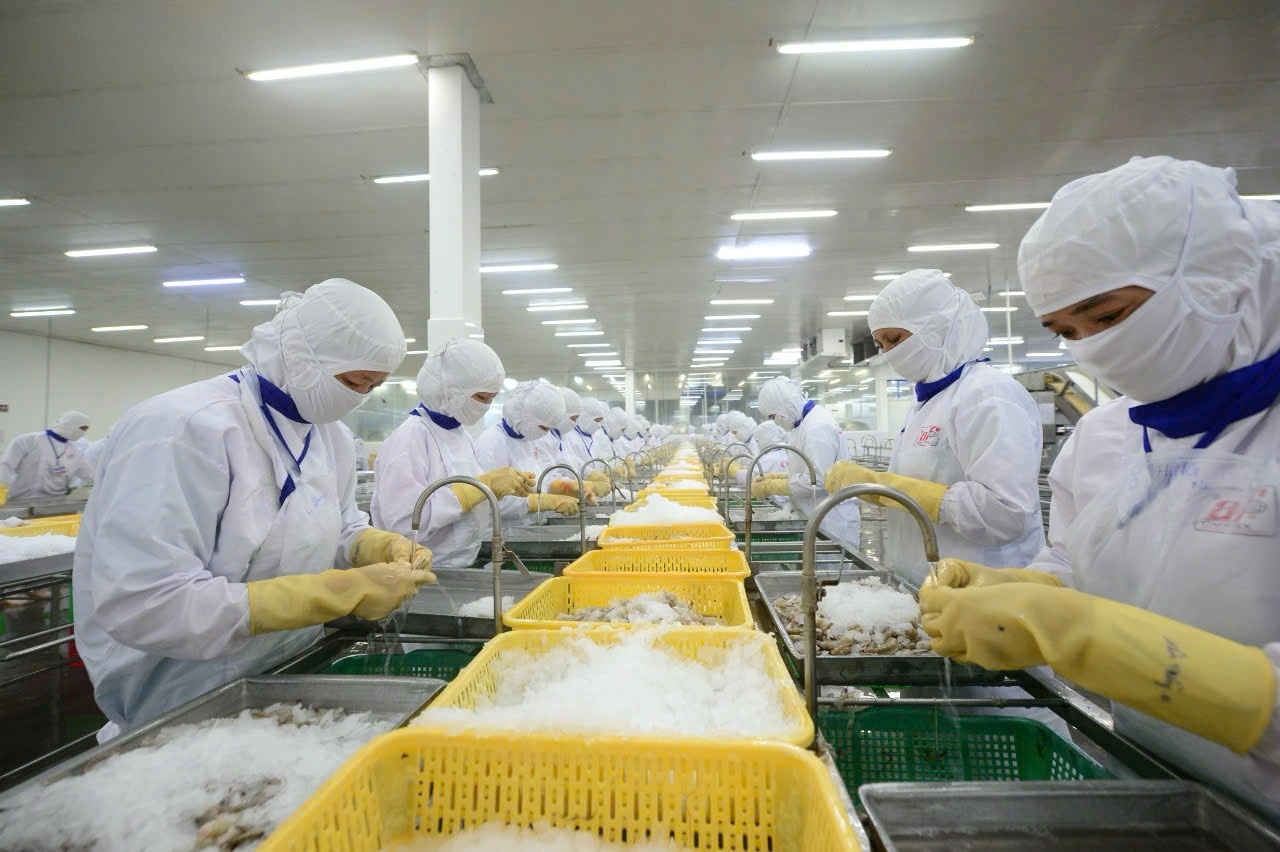

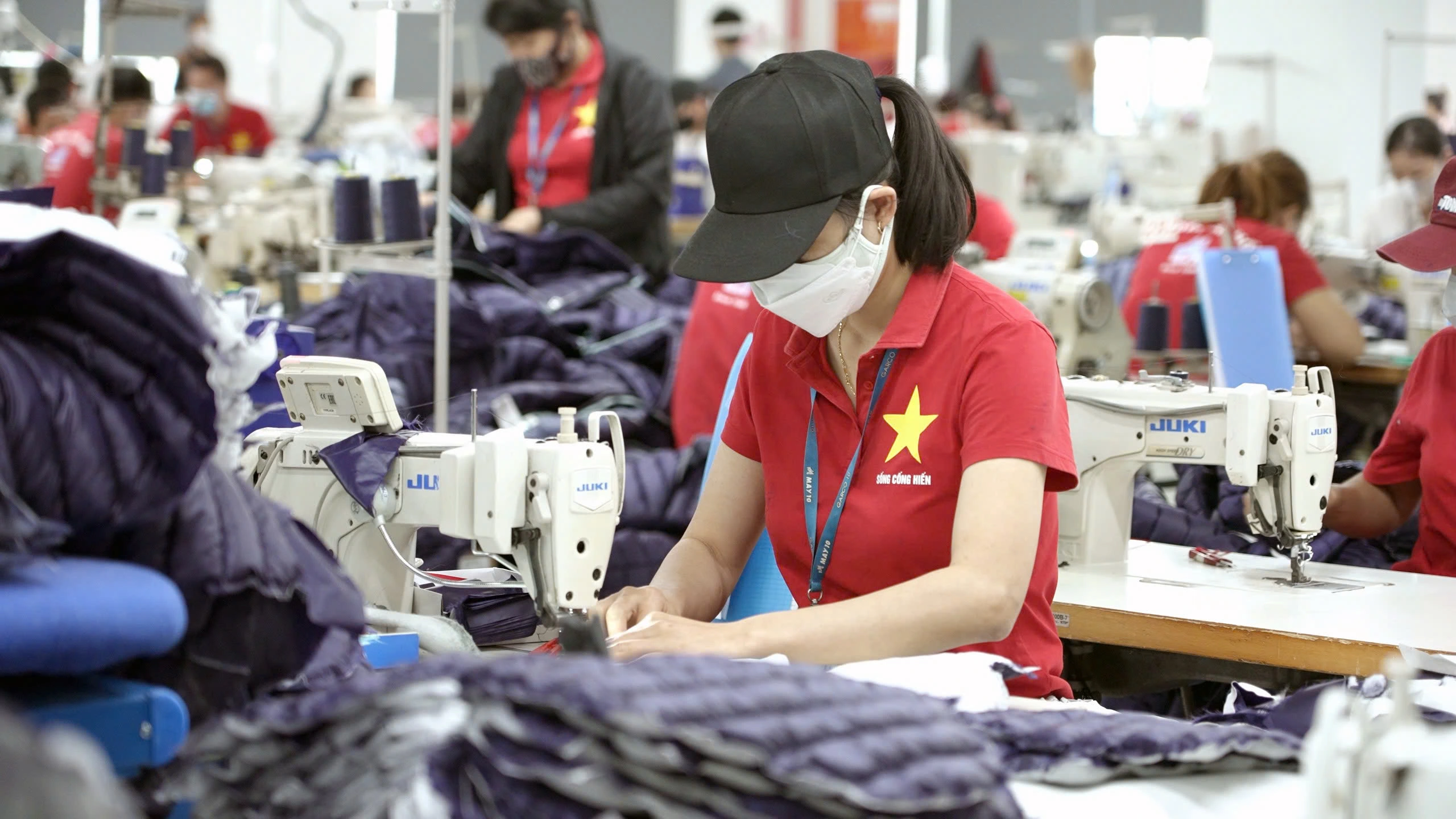








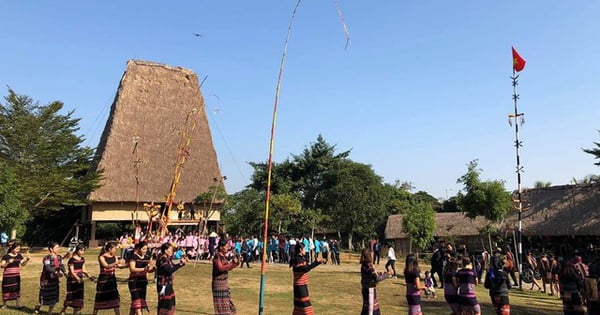
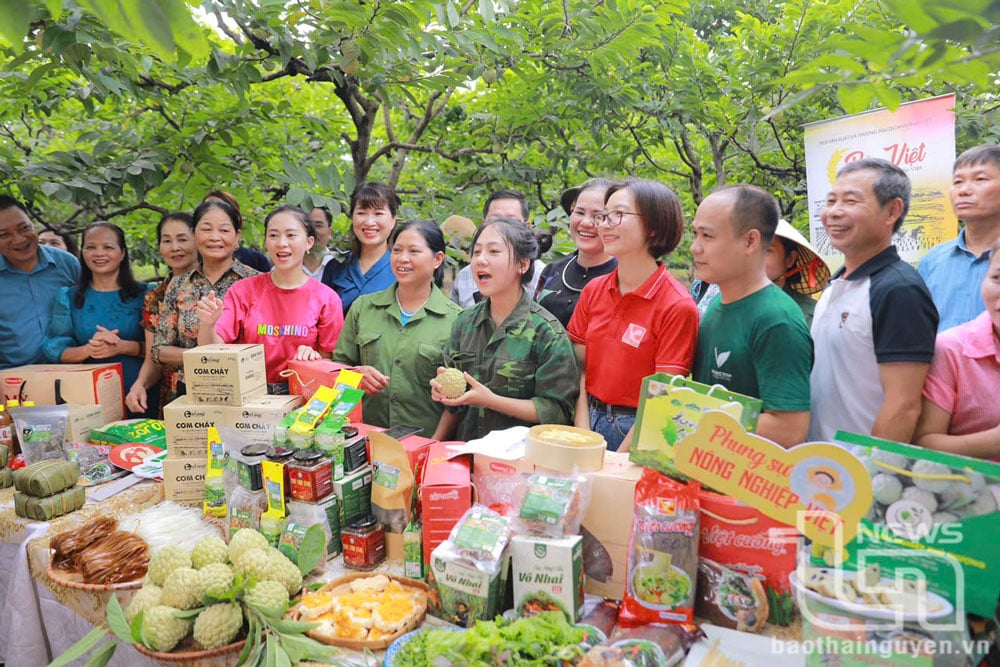
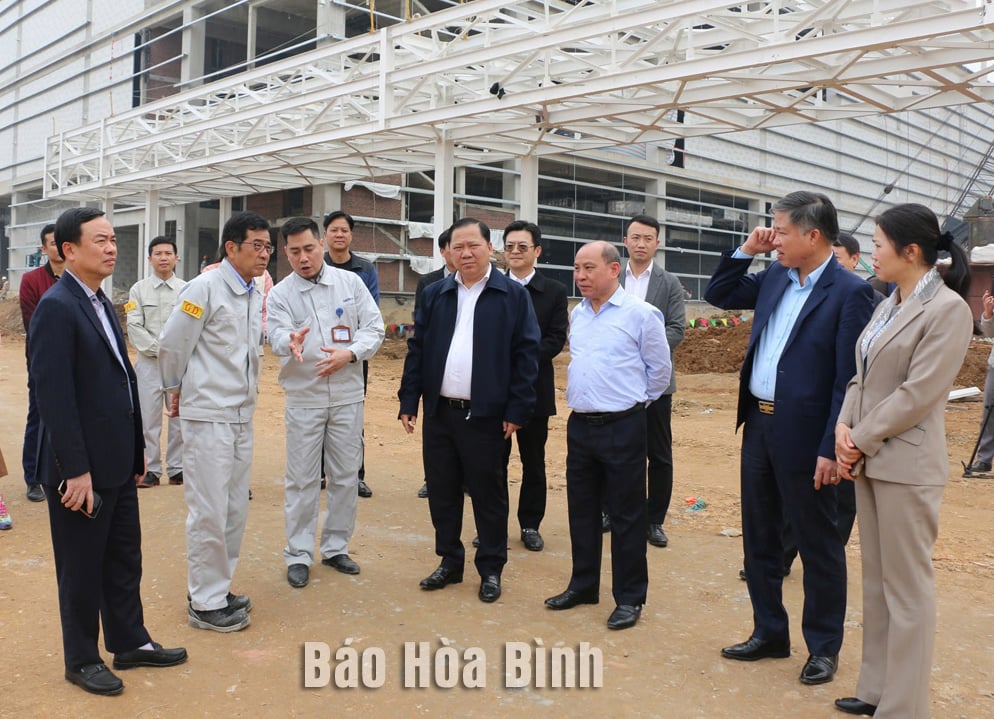
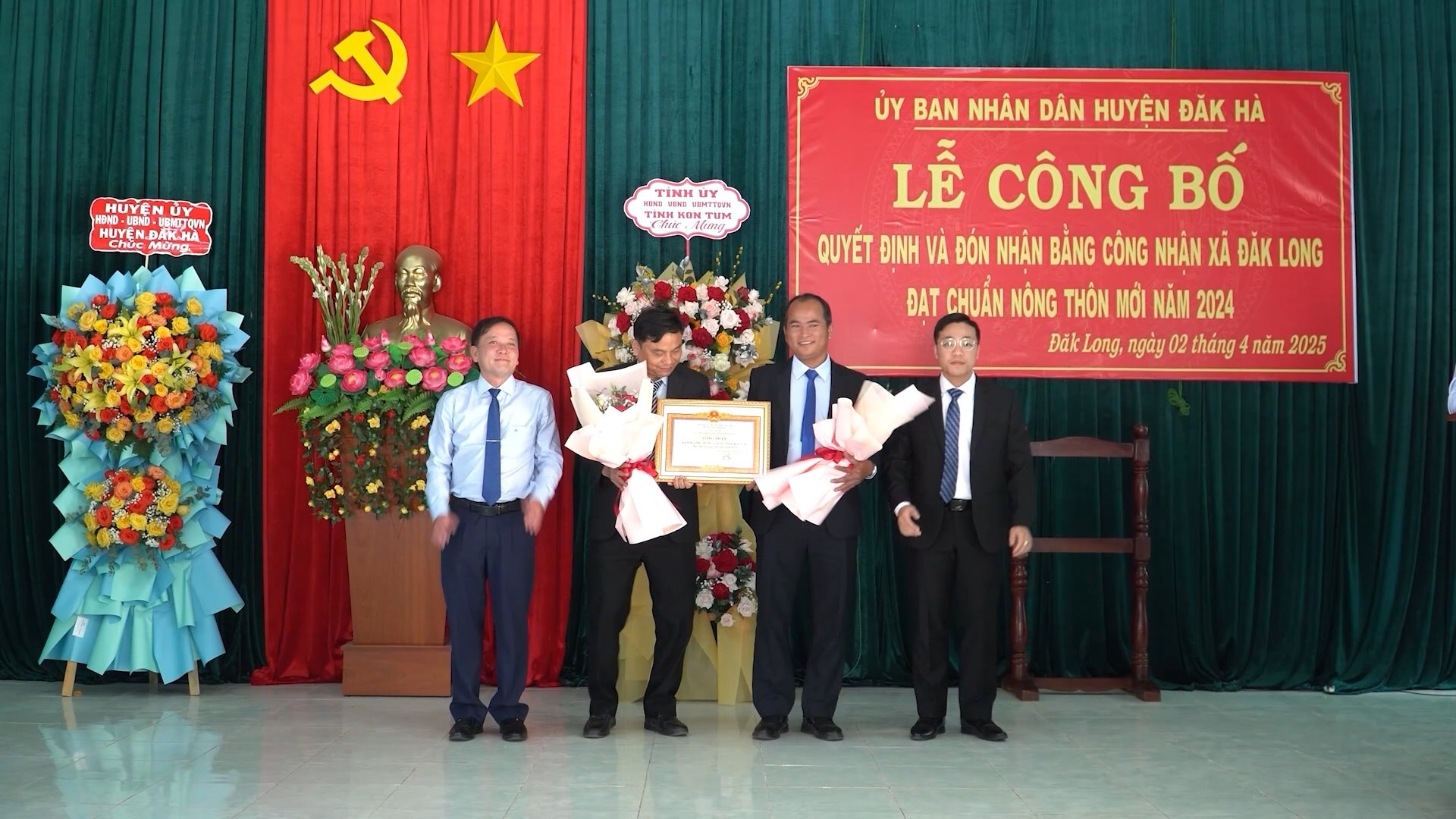
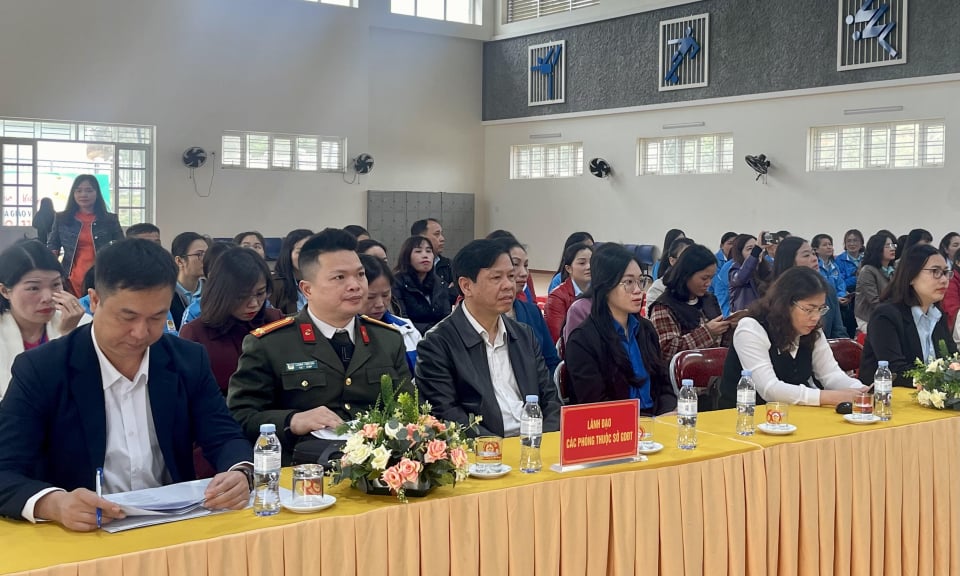

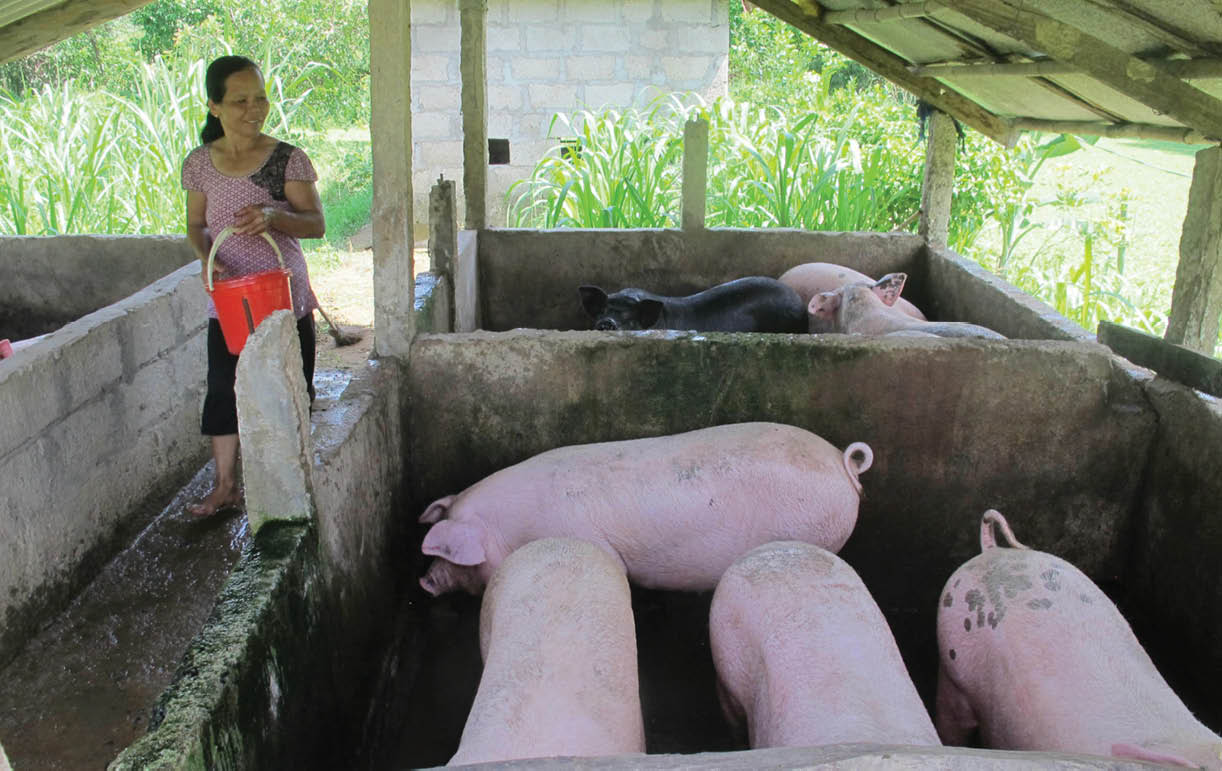

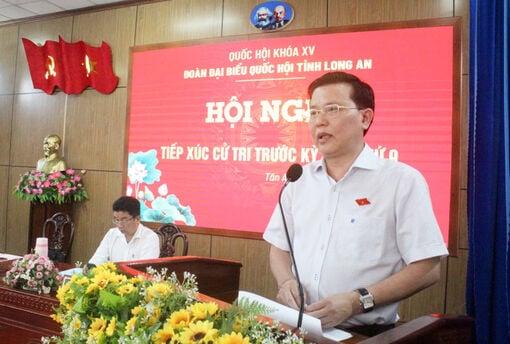











Comment (0)